Any links on this page that lead to products on Amazon are affiliate links and I earn a commission if you make a purchase. Thanks in advance for your support!
Buyer’s Guide To Choosing The Best Headphones/ Earphones
A great pair of headphones or earphones can really make any listening experience more enjoyable.
Headphones and earphones can significantly vary in features and quality, so it’s important to know what to look for.
This buying guide will walk you through the types of headphones/earphones available, their key features, and tips on how to find the best headphones/ earphones that are within your budget.
With all the different types of headphones available, it’s often difficult to know which ones to get.
The key thing to know is that choosing the best headphones really depends on what you intend to use them for.
Do you want headphones to listen to music while you exercise?
Are you an audiophile who wants to have the best listening experience possible?
Are you a gamer who wants an immersive sound experience?
Are you going to use headphones to record music in a studio?
Or do you simply want to compliment your wardrobe with good-looking headphones?
So, by starting with how you intend to use your headphones will help you choose a set that you are happy with and that also fits your budget.
Let’s get started!
Quick Navigation
In-Ear Earphones/Monitors
Earbuds
Over-Ear Headphones
On-Ear Headphones
Active Noise-Canceling Headphones
Passive Noise-Canceling Headphones
Wireless Bluetooth Headphones
Closed-Back Headphones
Open-Back Headphones
What To Look For/ What You Should Know
Sound: Sweetened and Flat Frequency Responses
Price vs. Quality
Now, it’s commonly thought that the best-sounding headphones are those with higher price tags.
This is simply not true.
Some of the most reliable and highly-rated headphones can be found for under $100, such as the Sony MDR7506 or AKG K240 headphones.
More expensive headphones often will have higher quality drivers (speakers), cables, and connectors, but don’t use price as your primary criteria for finding great headphones.
Headphone Types
There are six main types of headphones:
- In-Ear Earphones/Monitors & Earbuds
- On-Ear Earphones
- Over-Ear Headphones
- Active Noise-Cancelling Headphones
- Passive Noise-Cancelling Headphones
- Wireless Bluetooth Headphones
Let’s go over each type in more detail.
In-Ear Earphones & Earbuds
Headphones that are placed in your ears come in two types:
- In-Ear earphones/monitors
- Earbuds
Both types are compact, lightweight and very portable, making them a popular choice for travelers, students, sports and exercise uses, and for everyday listening.
In-Ear Earphones/Monitors
In-ear monitors fit inside the ear canal. They have rubber or foam tips that go in your ear canals and can be replaced if they become worn or dirty.
Overall, in-ear earphones produce good to excellent sound. They generally provide better sound quality than earbuds.
High-end earphones like the Westone UM Pro 20 or Bose Quiet Comfort 25 are excellent and often used for critical listening and monitoring applications. However, they tend to be quite pricey.
Earbuds
Earbuds, however, don’t go all the way into the ear but rest on the lower ridge of your outer ear.
They are very common (earbuds come with most smartphones) and generally have pretty good sound. Some popular earbuds are Beats by Dr. Dre and Apple Earpods.
Both in-ear monitors and earbuds offer decent sound isolation, but listening ability can be difficult in noisy environments.
Over-Ear Headphones
Over-ear, also known as circumaural headphones, fit around the ear and fully enclose the ears.
Over-ear headphones are known for their superior sound quality and are often used in recording studios.
They are generally pretty comfortable to wear as they do not place pressure on the ears themselves. Their design also helps reduce sweating which can make listening for extended periods uncomfortable.
Depending on the model, they are also good at rejecting external noise if they are designed with a closed-back (see below). Over-ear closed-back headphones are an excellent choice for home entertainment systems or gaming where you’re looking for an immersive sound experience.
On-Ear Headphones
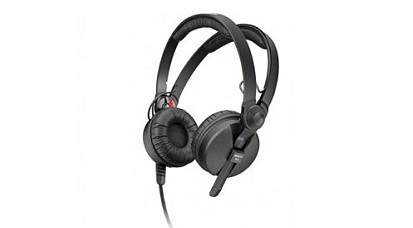
As the name suggests, on-ear (or supra-aural) headphones sit on the outer ears, as opposed to covering the ears completely like the over-ear types.
On-ear headphones provide good audio quality and sound isolation, depending on the model. But because of their design, they won’t provide an exceptional listening experience.
Why?
Because of their design, part of your ears is exposed which lets external sound enter. So unless you are listening in a very quiet environment, ambient noises will impact your listening experience.
While both on-ear and over-ear headphones are generally well padded, on-ear headphones can place a lot of pressure on the ears. They usually cannot be worn for extended periods of time without taking them off for an ear break.
Noise-Canceling Headphones
Noise-canceling headphones are ideal for listening in noisy environments like a train or airplane.
There are two types of noise-canceling headphones: active and passive.
Active Noise-Canceling Headphones
Active noise-canceling headphones make use of small microphones in the earpieces that detect ambient sound. These headphones process that ambient sound electronically to generate a soundwave that is 180 degrees out of phase with the sound. By combining the incoming sound with the reversed phase waveform, these headphones effectively cancel out around 70% of ambient noise (about 20dB), resulting in a quieter listening experience.
There is one drawback to active noise-canceling headphones. Because of the circuitry used to remove unwanted sound, it does somewhat affect the sound quality. A common complaint is that the audio becomes slightly muffled when the noise-cancellation is activated.
However, this is usually a worthwhile tradeoff for listening in airplanes or other noisy environments. And you can turn off the circuitry in quieter environments.
They’re highly recommended for travelers, especially for listening to audiobooks, videos, movies, or other entertainment uses.
But for critical listening, you’re better off with a different type of headphones.
Passive Noise-Canceling Headphones
Passive noise-canceling headphones are headphones that passively block out external noise by using a closed-back sealed headphone design.
Because of their design, they are not as effective in reducing ambient sound as active noise-canceling headphones. However, they retain their audio quality in comparison because there is no electronic circuitry involved.
Wireless Bluetooth Headphones
Wireless Bluetooth headphones use industry-standard Bluetooth wireless technology to connect wirelessly to computers, tablets, phones, and other devices. Bluetooth allows the user to connect with any Bluetooth-enabled playback device quickly and easily.
Users love these headphone’s convenience and appreciate not having to deal with cables that always seem to get tangled.
Bluetooth headphones are battery powered, but most can still be used if the batteries die by connecting a cable. You won’t be wireless anymore, but the headphones will still work.
It’s important to note that the audio quality of wireless headphones is usually not as good as their wired counterparts. This is mostly due to the Bluetooth audio bandwidth limitations.
Headphone Styles
Headphones come in two basic styles: open-back and closed-back.
Closed-Back Headphones
Closed-back headphones are excellent at reducing ambient noise because of they completely cover the ear.
Closed-back designs are often headphones used by DJs as well as audio engineers and location recordists to help keep background sound out of their recording sessions.
Note that the closed-back design can generate uneven or increased bass response, so they are not generally used in critical music recording or mixing applications.
Open-Back Headphones
Open-back headphones produce a more open and airy sound compared to the closed-back designs. They do not work as well at blocking out external noise, and so are not recommended for use in noisy environments.
However, they are an excellent choice for use in music studios or for home users who want well-balanced and accurate sound. Good models, such as the Samson SR850 Semi-Open-Back headphones have an even frequency response and are comfortable wearing for extended periods.
What To Look For/ What You Should Know
Below are some more considerations to take into account when purchasing headphones:
Sound: Sweetened and Flat Frequency Responses
Consumer headphones, as opposed to studio headphones, are often sweetened to make them sound “better.” This is also commonly done with consumer speakers as compared with studio monitor speakers used in music studios.
Sweetening refers to the manufacturer using an EQ curve to make the headphones sound better to most listeners. It’s common to incorporate a “smile EQ curve” where the lows and highs are boosted (giving the look a smile).
Image courtesy Flylib.com
This EQ curve creates a bigger warmer sound to most listeners.
However, for critical uses in music recording and mixing, you really want headphones with a flat frequency response. You want to hear what is on your music tracks without any hype so you can create mixes that sound good in the real world.
The same goes for studio monitors; you can create mixes that sound good in the real world and should not be used in music recording or mixing.
Comfort
Headphones that are uncomfortable are one of the primary reasons people return headphones after they buy them – they just can’t wear them for extended periods.
So it’s a must to purchase comfortable headphones.
As you learned earlier, headphones vary widely in comfort depending on the headphone type.
In-ear headphones can be uncomfortable for some ears depending on one’s ear canal size.
Ideally, in-ear headphones should come with small, medium and large tips to accommodate for all ear types. Make sure to choose the correct size for your ears; they should make a seal in your ears and not feel too loose or tight.
Over-ear and on-ear headphones’ comfort is often determined by their materials used and their tightness on your head.
With larger over-ear type headphones, your ears can get warm or sweaty after extended periods of use.
The biggest culprit of this is usually leatherette-type earpad covers. Better headphones usually have more breathable earpads. Some models have replaceable earcups, so that is an option also.
Durability
Most headphones are prone to wear and tear depending on how much you use them. But even if you find yourself listening in environments like at home or in a studio, there is always the potential for breakage or damage.
So, it’s smart to look for headphones that have replaceable parts, especially the cables (see next section).
The earcups are also potential problem areas; the covers can sometimes flake. I have one older pair of headphones that leaves pieces of materials on my ears after I put them on, so I rarely use them anymore.
So finding headphones that can easily have their parts replaced would be the best option.
Another important thing to consider is whether they are foldable or not, especially if you are a frequent traveler. The more compact your headphones can fold, the less likely they’ll get damaged in a suitcase, travel bag, or gig bag.
Cables
Stereo headphones will generally have a single cable that is either hardwired or attached to the earcup with a jack.
More often than not, the cables break well before the headphones reach the end of their life, and with many models, the cable is not replaceable. You’re out of luck then….
The previously mentioned and top-rated AKG K240 studio headphones have a replaceable cable. I have a couple of pairs of these headphones, and I’ve been able to buy just the cables when they wore out while the headphones themselves still work perfectly.
In-ear headphones usually have a Y-shaped cable, since they do not have a headband. Attached to the cable will be either an L-shaped plug or an I-shaped straight jack. Know that L-shaped plugs can be awkward for playback devices that sit in the pocket, however.
Choosing cable length will be dependent on your use for the headphones.
For people who want headphones for everyday use, a shorter cable is best.
For a studio, it’s advisable to get a reasonably long cable – at least 10 feet. Extension cables are also available to extend your headphone’s reach.
Avoid headphones that come with coiled cables. They are a pain to use as they pull on the headphones as they get stretched. This also puts stress on the cable’s connector which leads to cable failure.
Portability
Portability is important to consider if you are constantly on the move.
The most portable of the different headphones types are the in-ear headphones. They’re very small, easily slip into one’s pockets when not in your ear, and weigh next to nothing.
On-ear headphones are more portable than full-sized over-ear headphones, but both can be quite cumbersome depending on size.
Some headphones are foldable too, and many come with carrying cases for travelers, so be sure to check that the pair you select does come with these features if they are important to you.
Final Notes
You’ve learned the most important elements in selecting a pair of headphones that are right for you. By following these tips, you’ll be able to find headphones that will provide years of enjoyment.
Do your due diligence research before spending your hard earned money on headphones.
The best way to do this is to get online and check the product’s review on Amazon or look for reviews by reputable review sites.
Sound quality preference is often subjective, but if you read the same comments or complaints from many people, you’ll start to get an idea of a fair opinion.
Make sure to look out for comments on durability too, as often headphones can sound great, but their construction quality can let you down.

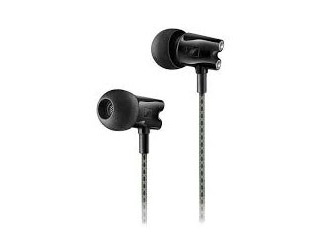
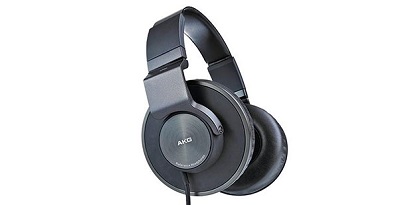

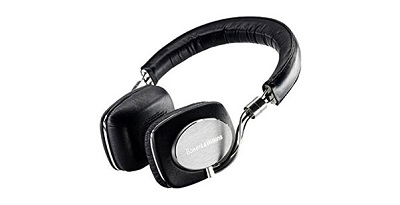
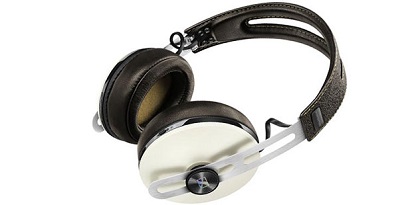

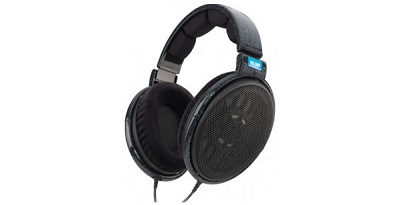
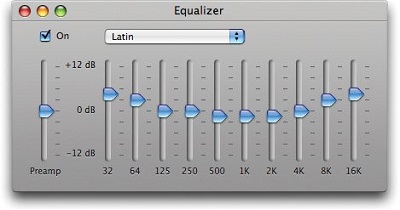
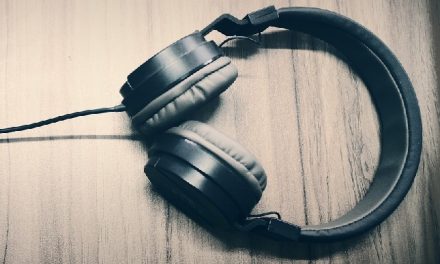

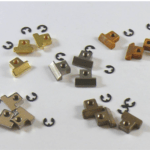



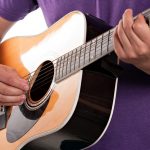


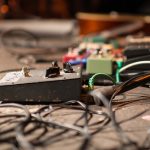
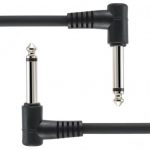
Thank you for all the information about all the different kinds of headphones. I really want to buy new headphones, but I don’t know what kind to get. I’m glad you mentioned that over-ear headphones are comfortable to wear since they don’t put pressure on the ears themselves. They sound like a great option!